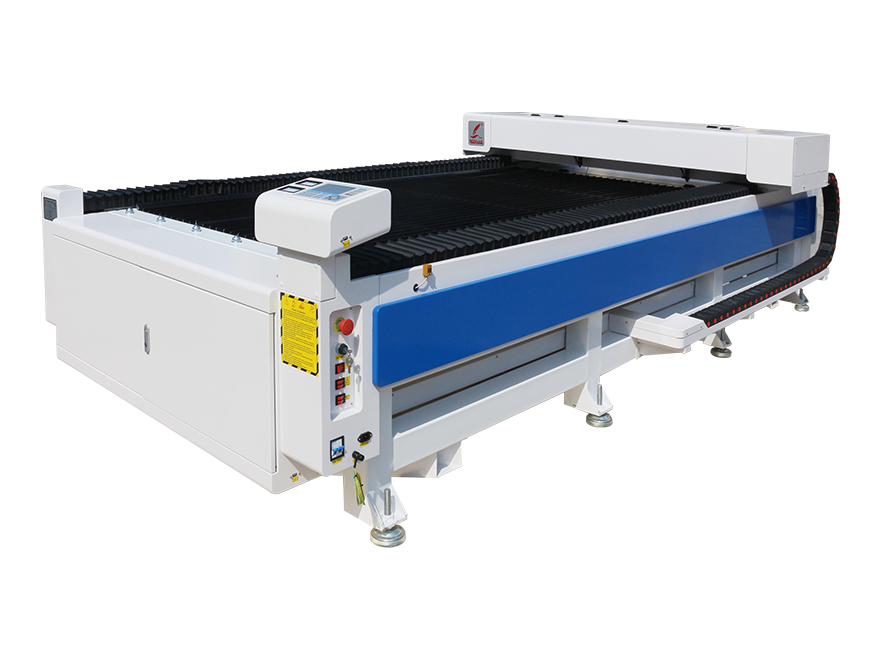Revolutionizing Woodworking: Is a Handheld Laser Cutter the Future of Precision Wood Cutting?
Introduction
Woodworking has been a traditional craft for centuries, with skilled craftsmen using various tools to shape and cut wood into desired forms. However, with advancements in technology, there has been an emergence of new tools that are revolutionizing woodworking. One such tool gaining popularity is the handheld laser cutter. In this article, we will explore whether a handheld laser cutter is the future of precision wood cutting and its potential impact on the woodworking industry.
The Basics of Handheld Laser Cutting
Handheld laser cutters are compact and portable devices that use a powerful laser beam to cut through various materials, including wood. They offer precision cutting with minimal effort and can produce intricate designs and shapes. The laser beam emitted by these cutters vaporizes the wood, creating clean cuts with high accuracy.
Handheld laser cutters come with adjustable settings that allow woodworkers to control the depth and speed of the laser. This flexibility makes them suitable for both delicate and heavy-duty woodworking projects. Furthermore, laser cutters can be used on various types of wood, such as plywood, solid wood, MDF, and even veneers.
The Advantages of Handheld Laser Cutting
Using a handheld laser cutter for precision wood cutting has several advantages:
1. Precision and Accuracy
Laser cutters offer unparalleled precision and accuracy, capable of cutting intricate designs that would be challenging with traditional woodworking tools. The laser cuts through the wood with incredible precision, ensuring clean edges and minimal material wastage.
2. Efficiency and Speed
Compared to traditional woodworking tools, handheld laser cutters provide faster cutting speeds, significantly reducing production time. The laser beam cuts through the wood with remarkable speed, making it ideal for large-scale production and custom woodworking projects.
3. Versatility
Handheld laser cutters have the ability to cut through various thicknesses of wood, offering unmatched versatility. Whether you need to cut thin veneers or thick hardwood, a laser cutter can handle the task with ease. This eliminates the need for multiple tools, saving both time and money.
4. Intricate Designs
Laser cutters enable woodworkers to create intricate designs and patterns that would be challenging to achieve with traditional tools. The precision and accuracy of laser cutting allow for detailed engraving, creating unique and visually appealing woodwork.
5. Minimal Material Waste
Handheld laser cutters minimize material waste as they cut through the wood with precision, leaving very little room for error. This is particularly beneficial when working with expensive or rare wood materials.
The Future Implications of Handheld Laser Cutting
As technology continues to advance, the future implications of handheld laser cutting in woodworking are vast:
1. Increased Efficiency and Precision
With further advancements in laser technology, handheld laser cutters will become even more efficient and precise. This will lead to faster production times and a higher level of accuracy in woodworking projects.
2. Automation and Integration
Handheld laser cutters have the potential to be integrated into automated woodworking systems. This will allow for seamless automation of complex cutting tasks and increased productivity.
3. Customization and Personalization
Laser cutters provide woodworkers with endless possibilities for customization and personalization. They can create intricate designs, engravings, and patterns, offering unique pieces to their customers.
4. Reduction in Waste
As handheld laser cutters continue to improve, there will be a significant reduction in material waste. The precision cutting and minimal kerf width of laser cutters will ensure that woodworkers make the most out of their materials.
FAQs (Frequently Asked Questions)
Q: Are handheld laser cutters safe to use?
A: Handheld laser cutters are generally safe to use if proper precautions are taken. It is essential to wear appropriate protective gear such as goggles and gloves and follow the manufacturer’s guidelines for safe operation.
Q: Can handheld laser cutters replace traditional woodworking tools?
A: Handheld laser cutters offer unique capabilities and advantages, but they cannot replace traditional woodworking tools entirely. Traditional tools like saws, planes, and chisels will always have their place in woodworking for certain tasks.
Q: How much do handheld laser cutters cost?
A: The cost of handheld laser cutters varies depending on the brand, power output, and additional features. They can range from a few hundred dollars for entry-level models to several thousand dollars for professional-grade devices.
Q: Can handheld laser cutters cut through other materials besides wood?
A: Yes, handheld laser cutters can cut through various materials like acrylic, leather, fabric, and certain metals. However, it is crucial to check the specifications of the laser cutter to ensure compatibility with the desired material.
Q: Are there any limitations to handheld laser cutting?
A: Handheld laser cutting has some limitations, such as the size of the work area and the maximum thickness of the material it can cut. It is important to consider these limitations when choosing a handheld laser cutter for specific woodworking projects.
Q: Do handheld laser cutters require specific maintenance?
A: Handheld laser cutters require regular cleaning and maintenance to ensure optimal performance. This includes cleaning the lens, checking the alignment, and replacing worn-out components as needed.





